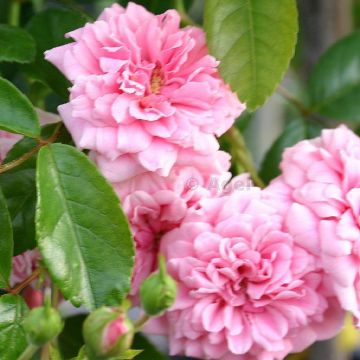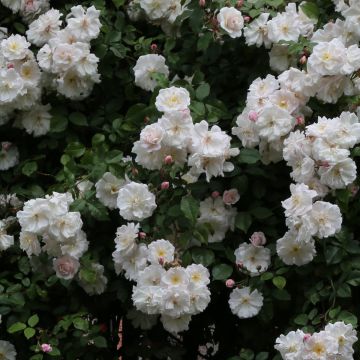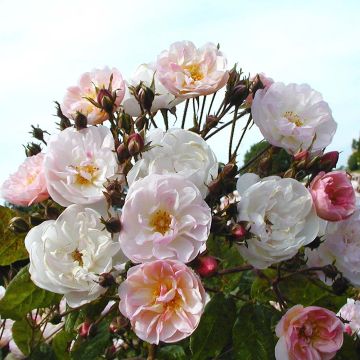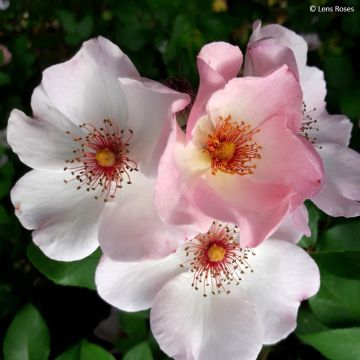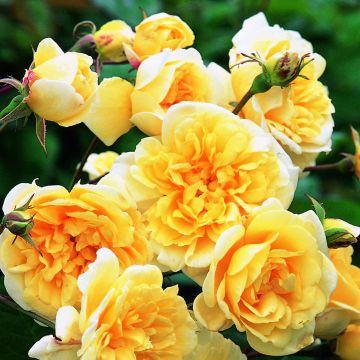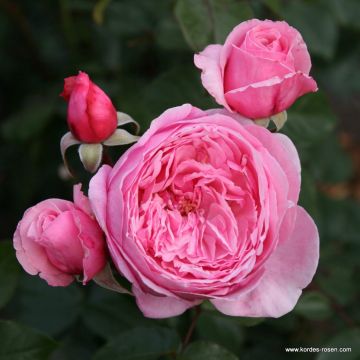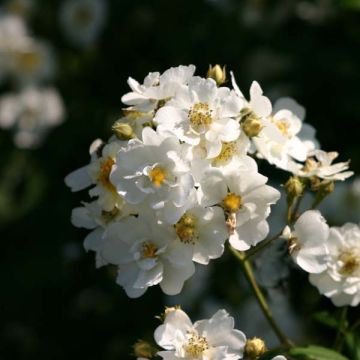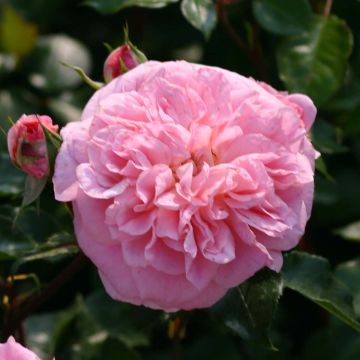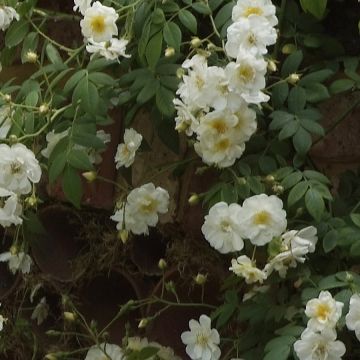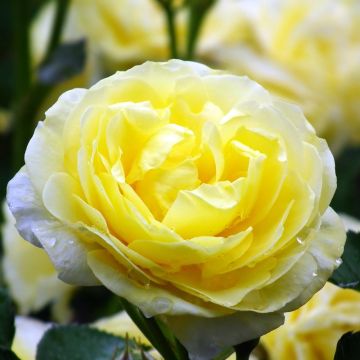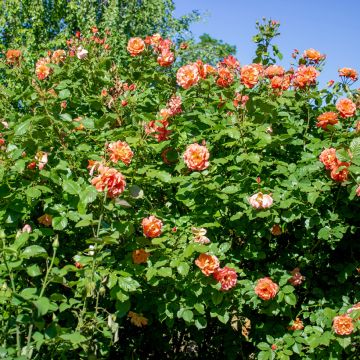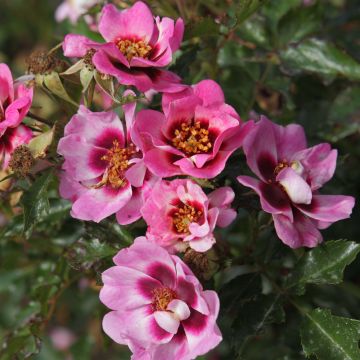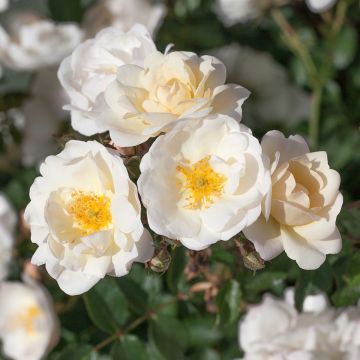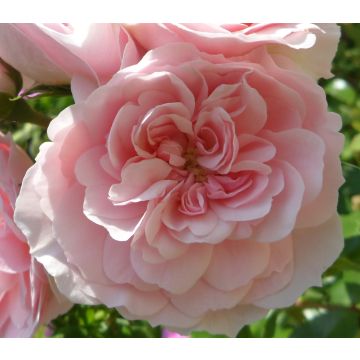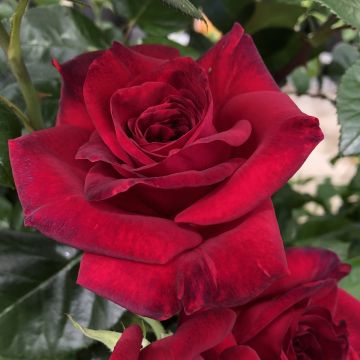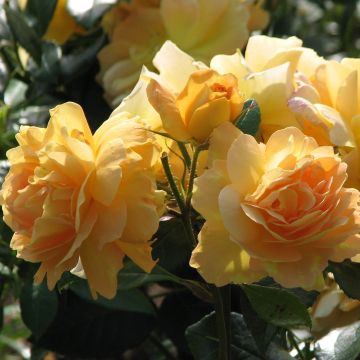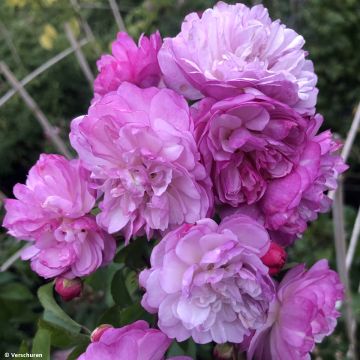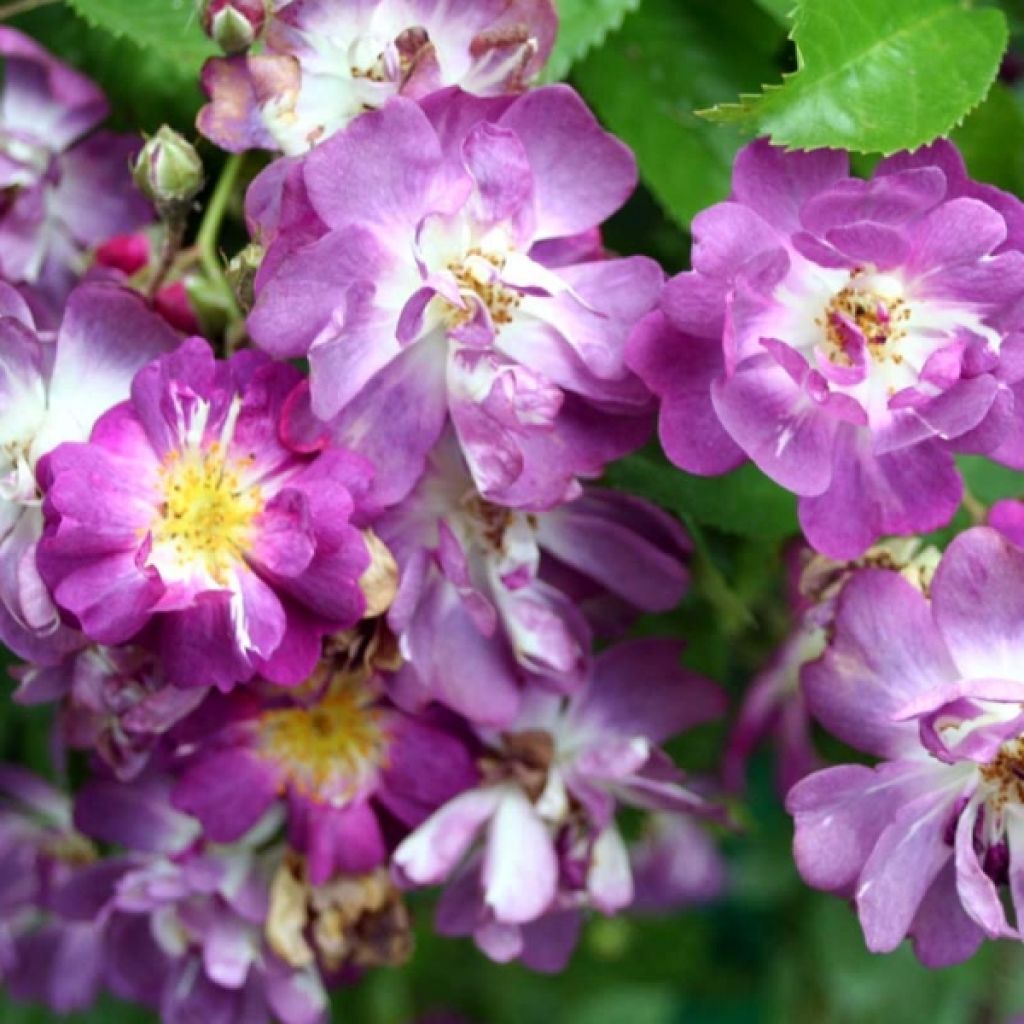

Rosa x wichuraiana Veilchenblau - Rambling Rose
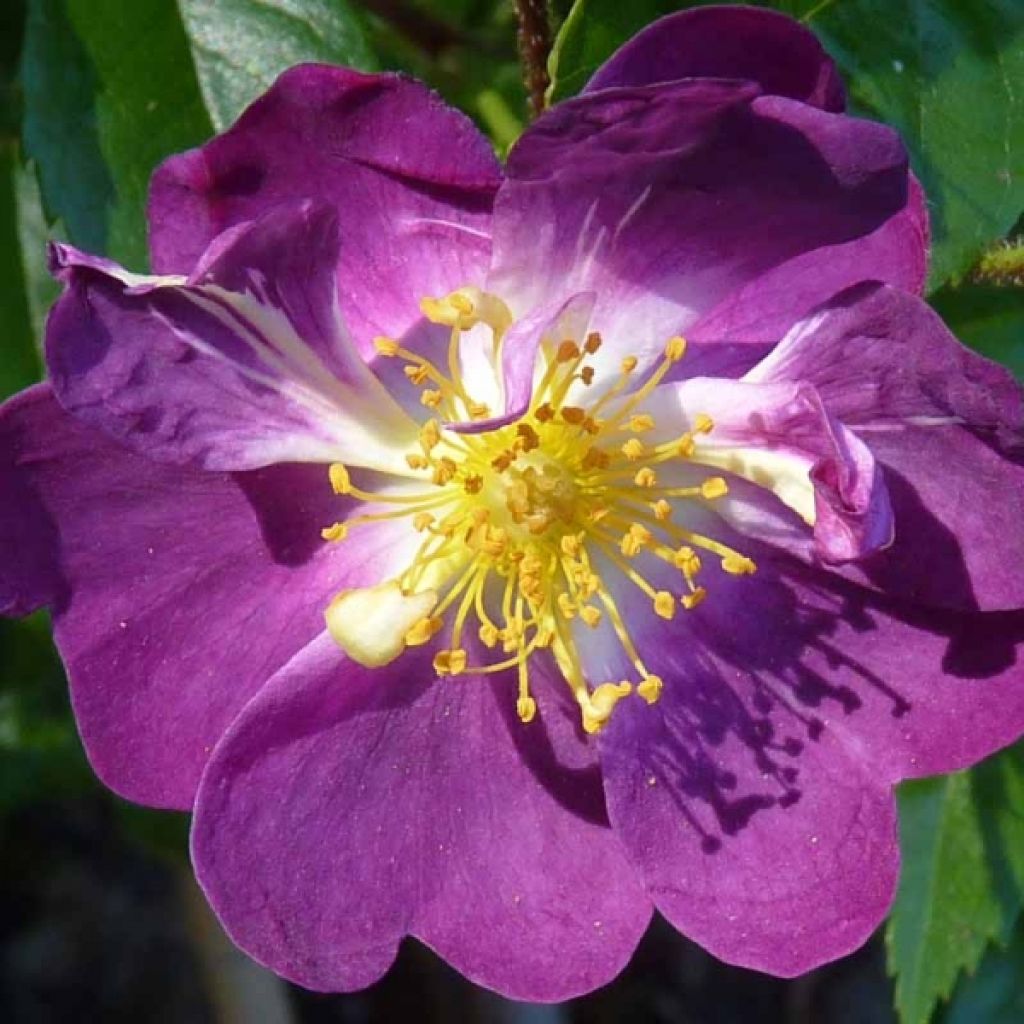

Rosa x wichuraiana Veilchenblau - Rambling Rose
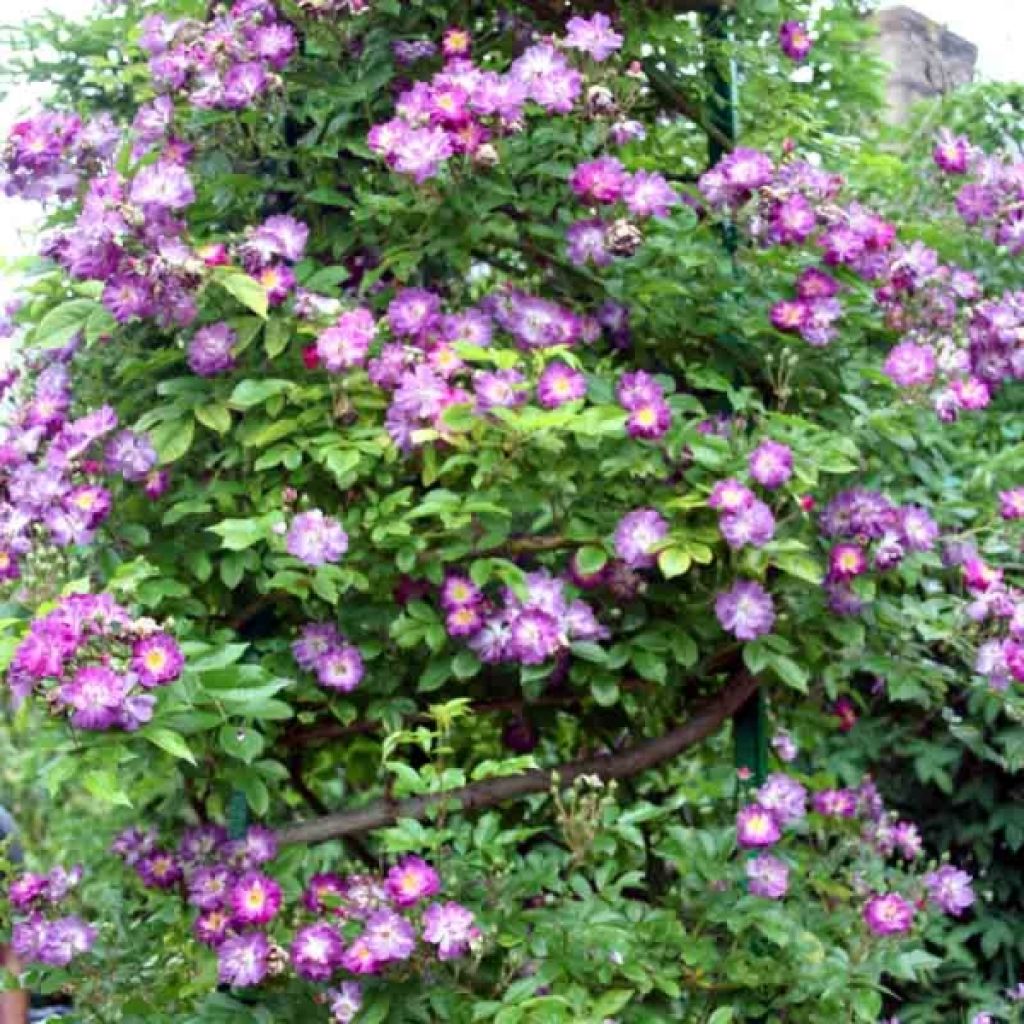

Rosa x wichuraiana Veilchenblau - Rambling Rose
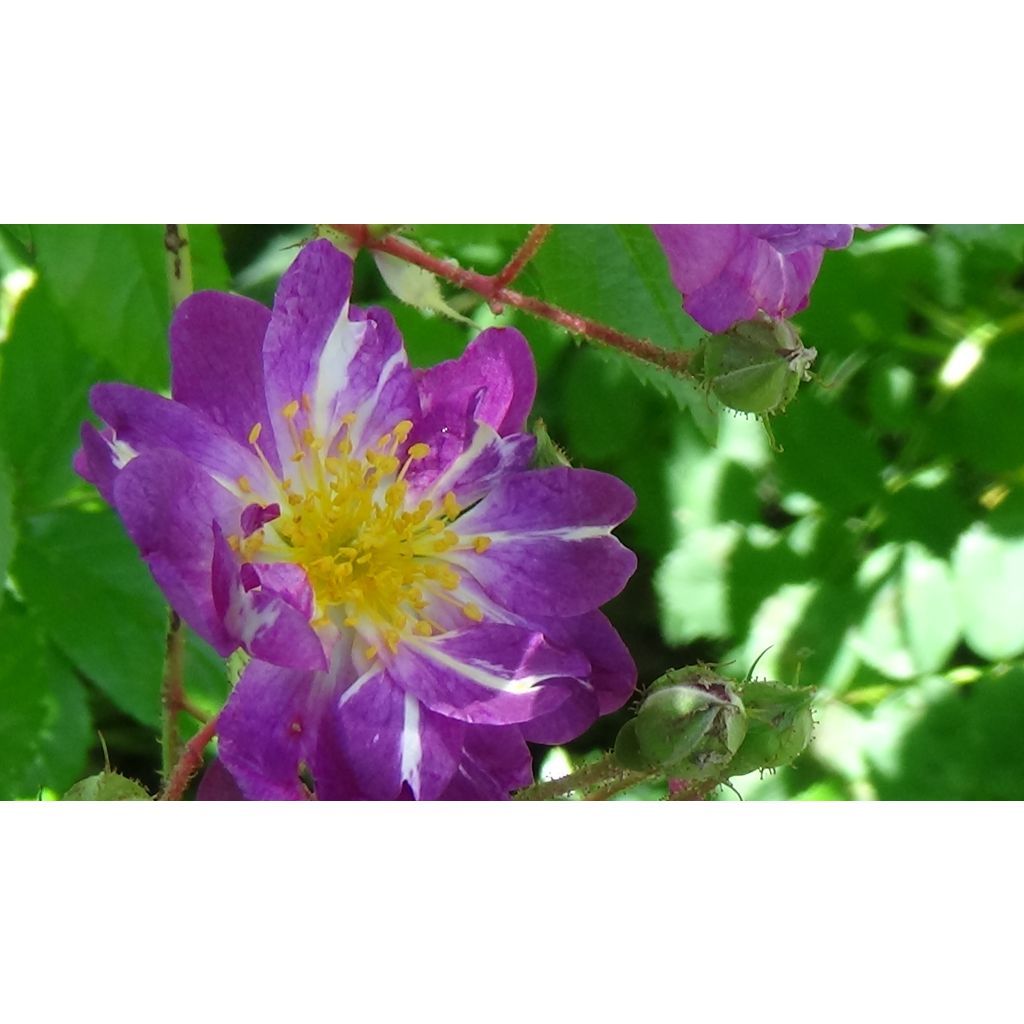

Rosa x wichuraiana Veilchenblau - Rambling Rose
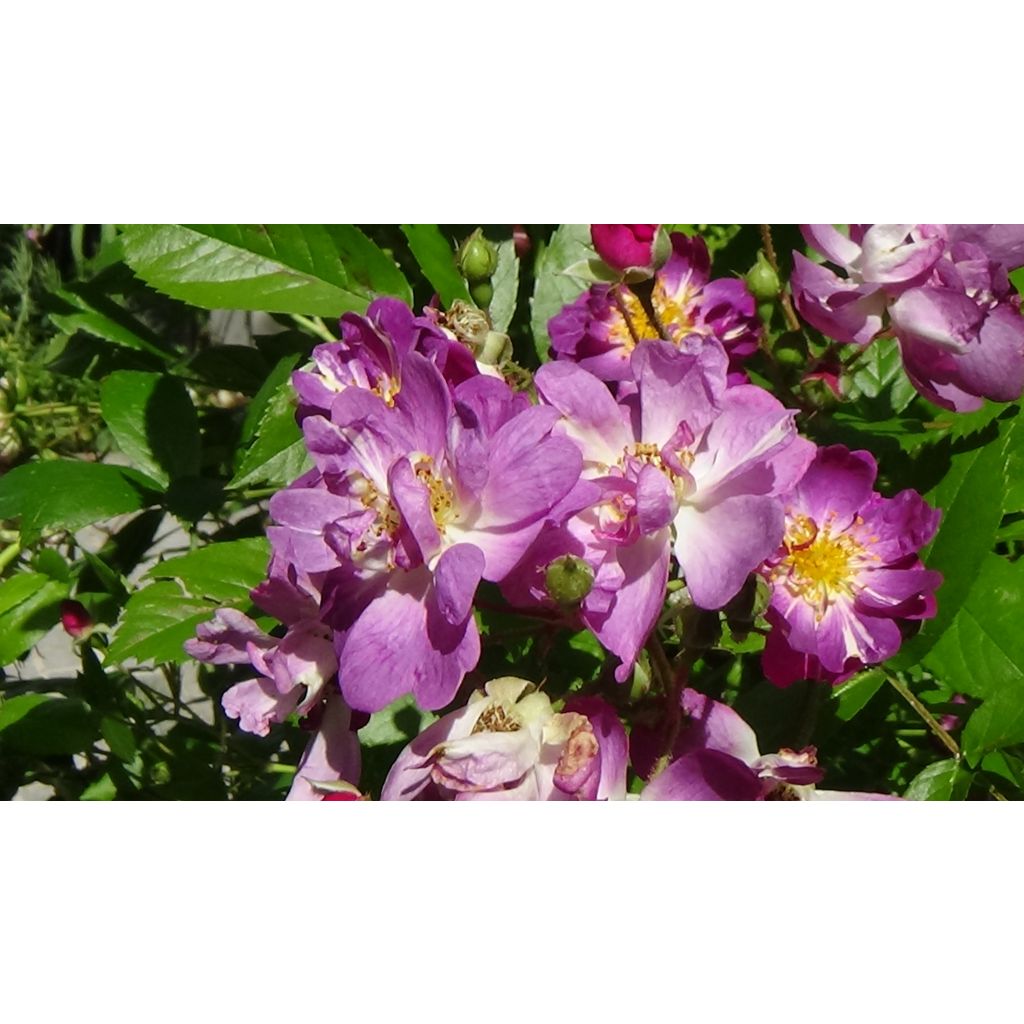

Rosa x wichuraiana Veilchenblau - Rambling Rose
Rosa x wichuraiana Veilchenblau - Rambling Rose
Rosa x wichuraiana Veilchenblau
Hello, The package I received was completely destroyed as it was so wet, the rose bush had wandered inside and all the shoots are broken, and about fifty percent of the foliage is yellowed and falling off. I have been a customer at Promesse de Fleurs for many years and I have never received such a disastrous order as these last two.
Philippe , 01/06/2024
This item cannot be shipped to the selected country
Delivery charge from €5.90
Delivery charge from €5.90
Delivery to Corse prohibited
More information
Schedule delivery date,
and select date in basket
This plant carries a 24 months recovery warranty
More information
We guarantee the quality of our plants for a full growing cycle, and will replace at our expense any plant that fails to recover under normal climatic and planting conditions.
From €5.90 for pickup delivery and €6.90 for home delivery
Express home delivery from €8.90.
From €5.90 for pickup delivery and €6.90 for home delivery
Express home delivery from €8.90.
Delivery to Corse prohibited: UE law prohibits the import of this plant from mainland France to Corse as part of the fight against Xylella fastidiosa. Please accept our sincere apologies.
More information


Does this plant fit my garden?
Set up your Plantfit profile →
Description
The Veilchenblau climbing rose has something magical about it. While nowadays roses with blue tones are no longer rarities, this thornless climber, born in 1909, caused a sensation when it was introduced to the market. Crossing trends and years with indifference, it remains today one of the very best in its category, combining stunning colors and outstanding performance in any garden. Its small semi-double roses, not truly violet but rather deep magenta, with a white streak running from the heart to the tips of the petals, change color over the course of days, eventually taking on shades of fuchsia, mauve, and bluish reflections before fading. When grown on its own roots, this non-remontant rose sucker slightly and can live for several decades in the garden.
The Veilchenblau rose, whose name means "violet blue" in German, was bred in 1909 by the German rose breeder Schmidt. It is a cross between the 'Crimson Rambler', a carmine red rose, and 'Souvenir de Brod', a very double purple rose. 'Veilchenblau' inherits genes from Rosa multiflora, as well as from the Wichura rose (also known as Rosa luciae), a robust botanical species native to East Asia. Awarded the Award of Garden Merit in England, this rose comes highly recommended by top rose professionals.
'Veilchenblau' can easily reach a height of 4 to 5 metres (13 to 16 feet) with a spread of around 2.50 metres (8 feet). Its long flexible stems are almost devoid of prickles and covered with small foliage, ranging from a fresh light green to almost matte, which shows decent resistance to rose diseases early in the season, but becomes slightly weaker after flowering depending on the weather conditions. The flowers of this summer-flowering climber appear from late May to July, earlier or later depending on the region. They emerge as raspberry-coloured buds on short second-year shoots. They open into small 3 to 4 cm (1 to 2in) semi-double roses, clustered in small bouquets along the stems. Dark pink buds and flowers in various shades of violet, garnet, purple, mauve, lavender, and finally bluish fuchsia, highlighted by a beautiful white throat and golden yellow stamens, adorn the plant. Their almost imperceptible fragrance is subtly powdery, becoming more intense in hot and calm weather. This very vigorous and resistant rose adapts to all climates and soils and tolerates partial shade. However, depending on the cultivation conditions, it can be susceptible to powdery mildew and especially black spot. The fruits remain decorative until winter, unless the birds eat them all, as they are particularly fond of them.
With 'Veilchenblau', we enter the fabulous world of 'old' climbing roses that are undeterred by anything. Like 'Alberic Barbier', 'Albertine', New Dawn, Felicia, American Pillar , Mme Alfred Carrière or even May Queen, it is particularly interesting for adding lushness and colour to difficult or slightly shaded areas of the garden. Like other large climbers, it can easily hide an unsightly structure or climb a sturdy tree or wall. Its unique-toned flowers are beautiful alongside the pink pompoms of the vigorous 'The Fairy Liane' or the small yellow-orange dog roses of 'Mme Oakley Fisher'.
Bred by Schmidt in 1909.
Report an error about the product description
Plant habit
Flowering
Foliage
Botanical data
Rosa
x wichuraiana
Veilchenblau
Rosaceae
Cultivar or hybrid
Rosa canina Laxa (4L/5L pot, Wrapped bare root)
Other Rambling Roses
Planting and care
The Veilchenblau climbing rose prefers partially shaded situations where its flowers will be sheltered from the strong rays of midday. It tolerates all types of soil, including slightly alkaline soils, all climates, and will adapt to any garden as long as the soil is well cultivated and sufficiently rich. To plant your rose, prepare the soil by crumbling it and adding an amendment, such as bonemeal, at the bottom of the planting hole. Water abundantly after planting to remove air pockets. Water regularly for a few weeks to encourage root growth. Pruning this rose is only necessary to control its growth. If its spread bothers you, don't hesitate to reduce the branches. This operation should be carried out after flowering. Since the flowering is not perpetual, there is no need to remove the faded flowers, as this would deprive you of its decorative fruits in autumn.
Roses are often spotted or unsightly in late summer, but this is not a problem for their development. These spots are not harmful to the rose, it is a natural phenomenon.
Planting period
Intended location
Care
-
, onOrder confirmed
Reply from on Promesse de fleurs
Roses by purpose
Haven't found what you were looking for?
Hardiness is the lowest winter temperature a plant can endure without suffering serious damage or even dying. However, hardiness is affected by location (a sheltered area, such as a patio), protection (winter cover) and soil type (hardiness is improved by well-drained soil).

Photo Sharing Terms & Conditions
In order to encourage gardeners to interact and share their experiences, Promesse de fleurs offers various media enabling content to be uploaded onto its Site - in particular via the ‘Photo sharing’ module.
The User agrees to refrain from:
- Posting any content that is illegal, prejudicial, insulting, racist, inciteful to hatred, revisionist, contrary to public decency, that infringes on privacy or on the privacy rights of third parties, in particular the publicity rights of persons and goods, intellectual property rights, or the right to privacy.
- Submitting content on behalf of a third party;
- Impersonate the identity of a third party and/or publish any personal information about a third party;
In general, the User undertakes to refrain from any unethical behaviour.
All Content (in particular text, comments, files, images, photos, videos, creative works, etc.), which may be subject to property or intellectual property rights, image or other private rights, shall remain the property of the User, subject to the limited rights granted by the terms of the licence granted by Promesse de fleurs as stated below. Users are at liberty to publish or not to publish such Content on the Site, notably via the ‘Photo Sharing’ facility, and accept that this Content shall be made public and freely accessible, notably on the Internet.
Users further acknowledge, undertake to have ,and guarantee that they hold all necessary rights and permissions to publish such material on the Site, in particular with regard to the legislation in force pertaining to any privacy, property, intellectual property, image, or contractual rights, or rights of any other nature. By publishing such Content on the Site, Users acknowledge accepting full liability as publishers of the Content within the meaning of the law, and grant Promesse de fleurs, free of charge, an inclusive, worldwide licence for the said Content for the entire duration of its publication, including all reproduction, representation, up/downloading, displaying, performing, transmission, and storage rights.
Users also grant permission for their name to be linked to the Content and accept that this link may not always be made available.
By engaging in posting material, Users consent to their Content becoming automatically accessible on the Internet, in particular on other sites and/or blogs and/or web pages of the Promesse de fleurs site, including in particular social pages and the Promesse de fleurs catalogue.
Users may secure the removal of entrusted content free of charge by issuing a simple request via our contact form.
The flowering period indicated on our website applies to countries and regions located in USDA zone 8 (France, the United Kingdom, Ireland, the Netherlands, etc.)
It will vary according to where you live:
- In zones 9 to 10 (Italy, Spain, Greece, etc.), flowering will occur about 2 to 4 weeks earlier.
- In zones 6 to 7 (Germany, Poland, Slovenia, and lower mountainous regions), flowering will be delayed by 2 to 3 weeks.
- In zone 5 (Central Europe, Scandinavia), blooming will be delayed by 3 to 5 weeks.
In temperate climates, pruning of spring-flowering shrubs (forsythia, spireas, etc.) should be done just after flowering.
Pruning of summer-flowering shrubs (Indian Lilac, Perovskia, etc.) can be done in winter or spring.
In cold regions as well as with frost-sensitive plants, avoid pruning too early when severe frosts may still occur.
The planting period indicated on our website applies to countries and regions located in USDA zone 8 (France, United Kingdom, Ireland, Netherlands).
It will vary according to where you live:
- In Mediterranean zones (Marseille, Madrid, Milan, etc.), autumn and winter are the best planting periods.
- In continental zones (Strasbourg, Munich, Vienna, etc.), delay planting by 2 to 3 weeks in spring and bring it forward by 2 to 4 weeks in autumn.
- In mountainous regions (the Alps, Pyrenees, Carpathians, etc.), it is best to plant in late spring (May-June) or late summer (August-September).
The harvesting period indicated on our website applies to countries and regions in USDA zone 8 (France, England, Ireland, the Netherlands).
In colder areas (Scandinavia, Poland, Austria...) fruit and vegetable harvests are likely to be delayed by 3-4 weeks.
In warmer areas (Italy, Spain, Greece, etc.), harvesting will probably take place earlier, depending on weather conditions.
The sowing periods indicated on our website apply to countries and regions within USDA Zone 8 (France, UK, Ireland, Netherlands).
In colder areas (Scandinavia, Poland, Austria...), delay any outdoor sowing by 3-4 weeks, or sow under glass.
In warmer climes (Italy, Spain, Greece, etc.), bring outdoor sowing forward by a few weeks.


































